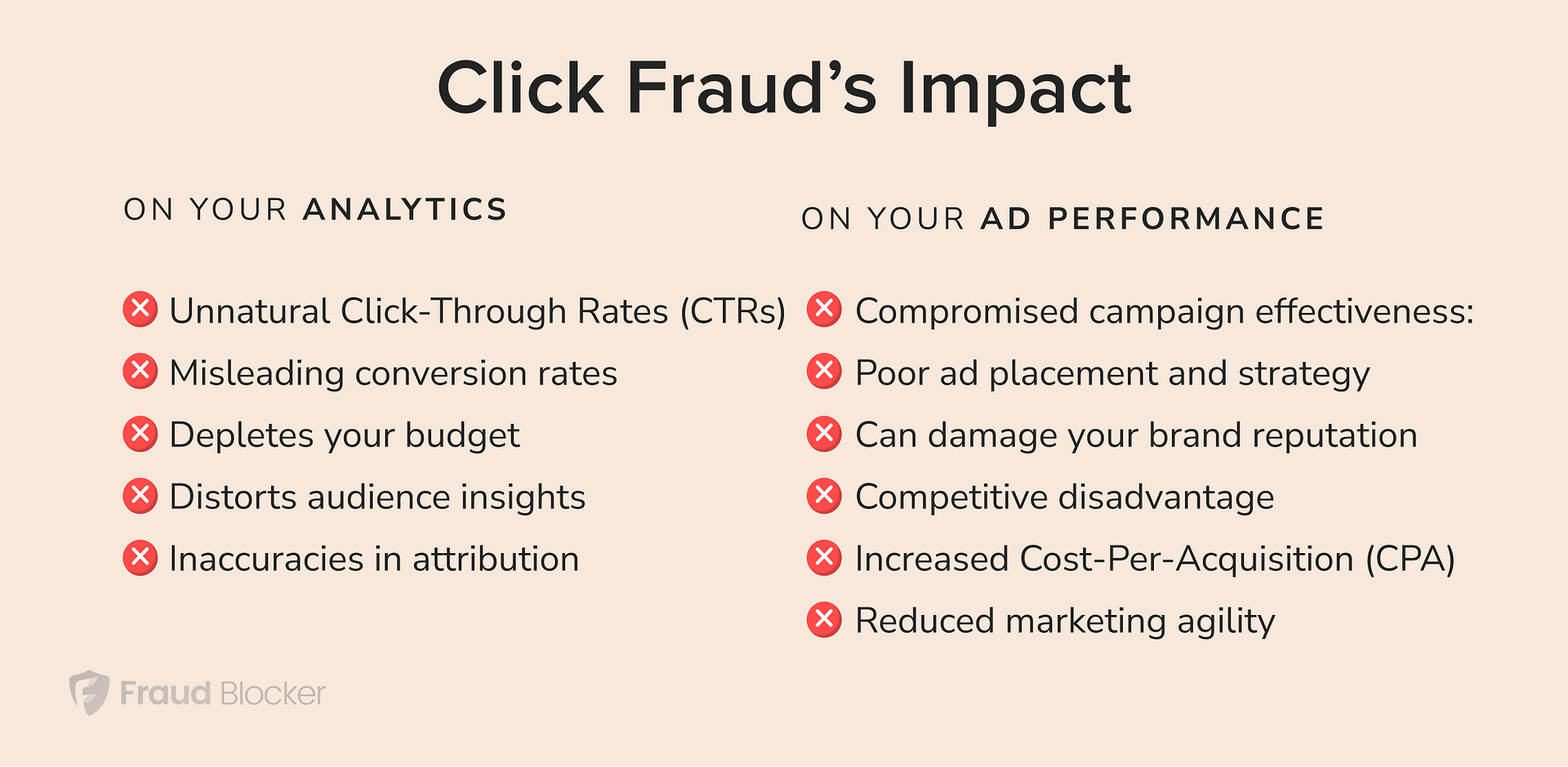Digital marketing doesn't need to be expensive. You can achieve great results on a tight budget.
Digital marketing can seem overwhelming, especially if funds are tight. Small businesses and startups often struggle to compete with big companies. But don't worry, you can still make a big impact. This blog post will show you how to use proven tactics that won't break the bank.
You'll learn practical tips to boost your return on investment (ROI), even with limited resources. Ready to get the most out of your marketing budget? Let's dive into strategies that work, even when you're broke.
Introduction To Budget Digital Marketing
ROI stands for return on investment. It shows how much money you make back from your marketing spend. A high ROI means you get more money back. Low ROI means you spend more than you earn. Focusing on ROI helps you make smart choices. It can save money and grow your business.
Small budgets can limit your reach. You may not afford big ads. Competition can be tough. Many brands fight for attention. Digital tools and services may cost a lot. Finding free or cheap tools is hard. Time is also a challenge. You need to spend time planning and managing campaigns. Learning new skills can take time. These challenges need smart solutions.

Credit: www.techfunnel.com
Setting Realistic Marketing Goals
Start by knowing what you want. Do you need more followers? Or do you want more people to visit your website? Pick one or two goals. Make sure they are clear. Clear goals help you plan better. They help you stay focused.
Tracking your success is vital. Use simple tools like Google Analytics. Check numbers often. Track how many people visit your site. See how long they stay. Find out which posts they like. Numbers tell you what works. They show where you need to improve.
Leveraging Social Media
Start by selecting social platforms where your audience is most active. Facebook and Instagram are great for visuals. LinkedIn is ideal for professionals. Focus on one or two platforms. This saves time and effort.
Create content that speaks to your audience. Use images, short videos, and stories. Ask questions to engage users. Share tips and useful information. Respond quickly to comments and messages. This builds trust and keeps followers interested.
Content Marketing On A Budget
Focus on creating content that helps your audience. Answer their questions. Solve their problems. Use free tools like blogs and social media. Write clear, helpful posts. Keep it simple. Use images to explain ideas. Try to post regularly. Consistency builds trust.
Reuse old content. Update facts and figures. Add new insights. Turn blog posts into videos. Create infographics from data. Share old content on different platforms. Save time and effort. Reach more people.
Email Marketing Strategies
Start by gathering emails from interested customers. Use sign-up forms on your website. Offer something valuable like a free guide. Make it easy for users to sign up. Segment your list based on interests. Send personalized emails to each segment. Regularly update your list. Remove inactive subscribers. This keeps your list clean and effective.
Write clear and engaging subject lines. Keep them short and to the point. Use simple language in your emails. Include a call to action. Make it easy for users to understand. Use images and videos sparingly. Ensure your emails are mobile-friendly. Test different formats. See what works best. Analyze results and optimize future campaigns.

Credit: fraudblocker.com
Utilizing Seo Tactics
Maximize your digital marketing efforts with cost-effective SEO tactics. Focus on keyword research and optimize your website content for better visibility. Drive organic traffic and improve ROI even with a tight budget.
Keyword Research
Keyword research is vital for effective SEO. Find the words people use in searches. Use tools like Google Keyword Planner. Identify low competition keywords. These are easier to rank for and can drive traffic. Use long-tail keywords too. They are specific and have less competition.
Research helps understand the audience's needs. Focus on keywords that match your content. This will improve your site's visibility. Always track and update your keyword list. It keeps your strategy relevant.
On-page Optimization
On-page optimization is key to better search rankings. Use your keywords in the title. Add them to headings and the body text. Keywords should also be in the URL. This makes your site more search engine friendly.
Improve site speed. Slow sites lose visitors. Ensure your site is mobile-friendly. Many users browse on phones. Use alt text for images. It helps search engines understand your content. Internal links help too. Link to other pages on your site. It keeps visitors engaged.
Influencer Collaborations
Partnering with influencers can stretch your marketing dollars. These collaborations often lead to high engagement and brand visibility. Boost ROI by selecting influencers who align with your brand values.
Finding Micro-influencers
Micro-influencers have fewer followers but higher engagement. They are more affordable. You can find them on Instagram, Twitter, or TikTok. Search for those with followers between 1,000 and 10,000. Look for influencers who match your brand values. Check their content quality and engagement. Use tools like BuzzSumo or HypeAuditor to identify them.
Negotiating Collaborations
Reach out with a friendly message. Explain why you like their content. Mention how they fit your brand. Offer a clear benefit for them. It could be free products or services. Suggest a trial collaboration first. Be open to their ideas. Keep communication simple and polite. Always have a written agreement.

Credit: www.outbrain.com
Analyzing And Adjusting Campaigns
Efficiently analyzing and adjusting campaigns helps maximize ROI on a tight budget. Optimize strategies based on performance data. Focus on cost-effective methods to improve results.
Using Analytics Tools
Analytics tools help track campaign performance. Use tools like Google Analytics to see what works. These tools show clicks, views, and conversions. They help understand your audience better. Adjust campaigns based on this data. Focus on what brings the best results. Save money by stopping ineffective campaigns. Spend more on what works. Better use of funds.
Making Data-driven Decisions
Data helps make smart choices. Look at numbers before changing anything. This ensures decisions are based on facts. Avoid guessing. Data shows where to improve. It highlights successful tactics. Also, it shows what needs fixing. Regularly check campaign stats. Adjust strategies as needed. It’s important to stay flexible. This helps maximize ROI.
Conclusion And Future Trends
Digital marketing on a budget can be effective with careful planning. Future trends will focus on innovative strategies to maximize ROI even with limited resources.
Summarizing Key Points
Start with low-cost tools. Use social media for free. Create engaging content. Focus on SEO basics. Track results. Adjust as needed.
Emerging Digital Marketing Trends
Voice search is growing. AI helps with personalization. Video content is popular. Interactive content attracts users. Sustainability matters to consumers.
Frequently Asked Questions
Which Digital Marketing Tactic Generally Has The Highest Roi?
Email marketing typically has the highest ROI in digital marketing. It is cost-effective and targets specific audiences effectively.
Which Digital Strategy Has The Highest Roi?
Content marketing often delivers the highest ROI. It builds trust, enhances brand visibility, and attracts organic traffic, leading to higher conversions.
What Is The 3-3-3 Rule In Marketing?
The 3-3-3 rule in marketing involves delivering three key messages, three different ways, over three different times. This strategy ensures message retention and reinforces brand communication effectively. It helps to engage audiences through repetition and diverse delivery methods.
What Is The 70/20/10 Rule For Marketing Budget?
The 70/20/10 rule allocates 70% of the marketing budget to proven strategies, 20% to new initiatives, and 10% to experimental efforts. This ensures balanced spending while allowing for innovation and growth.
Conclusion
Achieving digital marketing success on a budget is possible. Focus on smart strategies. Use social media to connect with your audience. Leverage email marketing for direct engagement. Create valuable content that resonates. Track performance and adjust tactics. These steps can help maximize ROI.
Even with limited resources, you can see results. Stay consistent and patient. Success will follow.


.jpg)
No comments:
Post a Comment